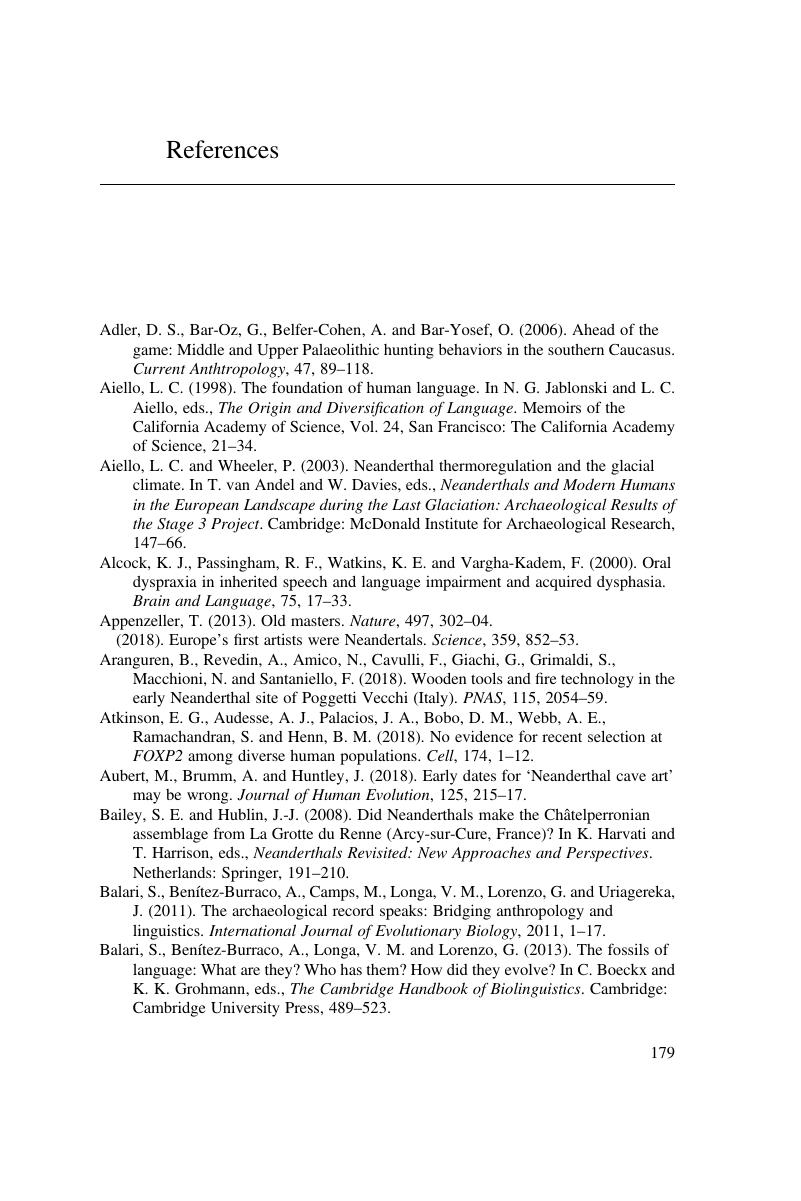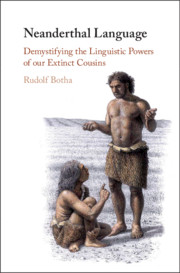References
Published online by Cambridge University Press: 26 April 2020
Summary

- Type
- Chapter
- Information
- Neanderthal LanguageDemystifying the Linguistic Powers of our Extinct Cousins, pp. 179 - 203Publisher: Cambridge University PressPrint publication year: 2020

